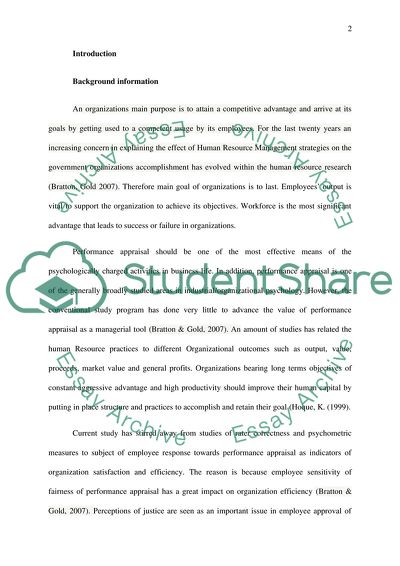Business and management studies Thesis Example | Topics and Well Written Essays - 500 words. Retrieved from https://studentshare.org/miscellaneous/1583774-business-and-management-studies
Business and Management Studies Thesis Example | Topics and Well Written Essays - 500 Words. https://studentshare.org/miscellaneous/1583774-business-and-management-studies.


